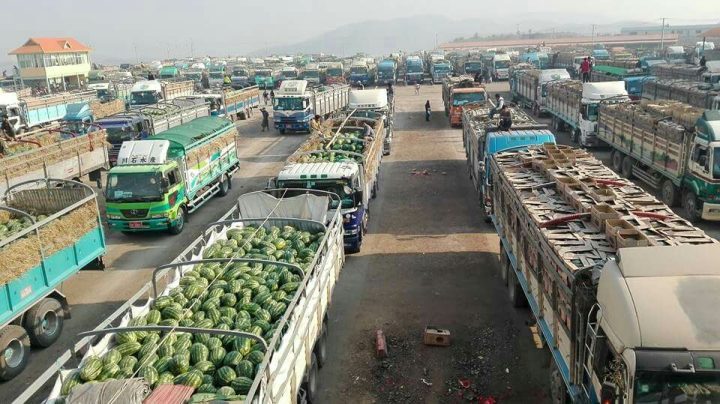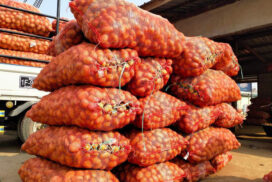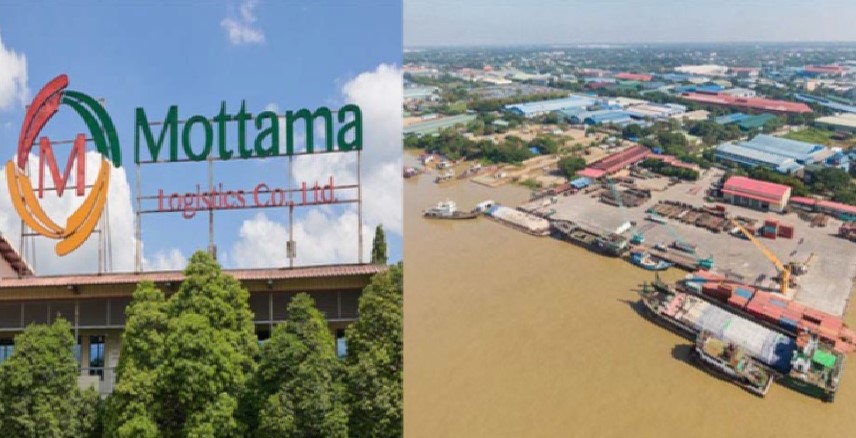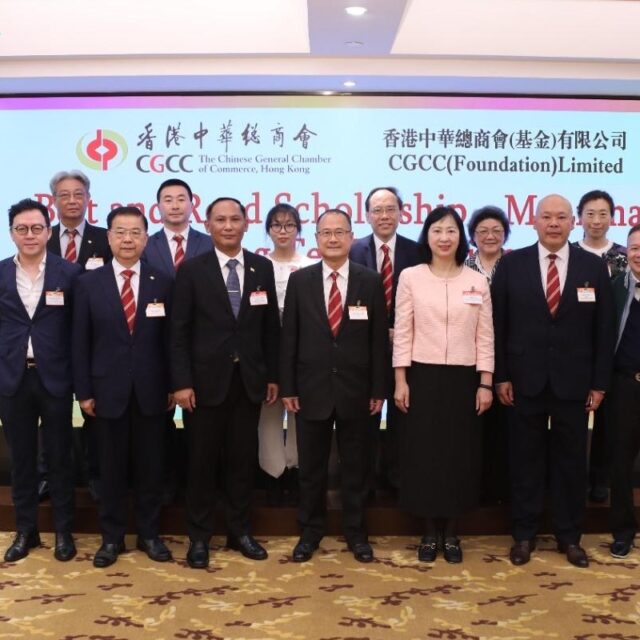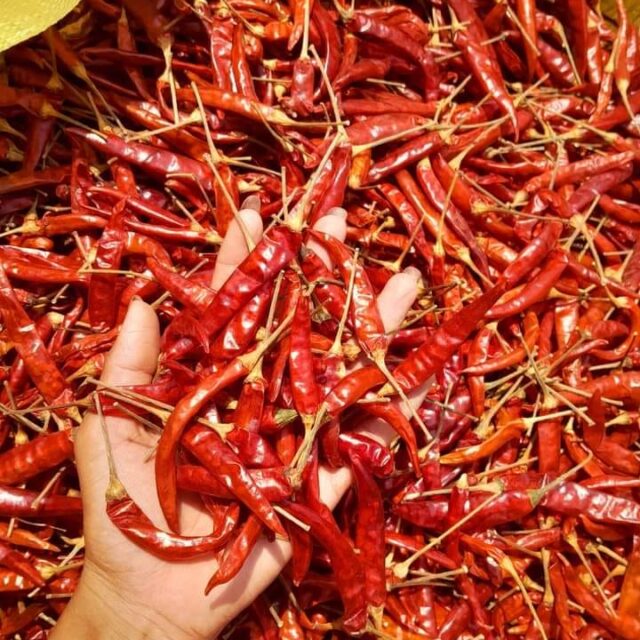The trucks of watermelon and muskmelons are entering China’s border and the demand is escalating, traders involved in Muse border said.
Inspections by the Customs of China hindered watermelon and muskmelon exports in the past few days. Only 20 to 30 trucks were allowed to pass the border checkpoint amid the delay in tight security. More than 500 trucks of watermelon and muskmelon queued in line on Myanmar’s side and there was out of stock at China’s depot.
After traffic congestion was eased on 5 February, about 100 trucks of watermelon and muskmelons were sent to China. Those trucks struck on the Myanmar side will be given the go-ahead in rotation for exports depending on demand.
“Watermelon and muskmelon are doing a roaring trade in the morning market. The delay takes five days. The authorities from both sides made a concerted effort to ease the traffic. The prices stand at 3.2-3.8 Yuan per kilogramme for watermelon and 4.5-5.7 Yuan per kilo for muskmelon. About 400 are still in the queue yet the trade is steadily going well,” Sai Khin Maung elaborated.
More than 100 trucks left for China on 6 February. Myanmar’s watermelon and muskmelon are heavily reliant on the Chinese market. The traders grappled with China’s strict virus policy.
Last year, the COVID-19 restrictions hindered Myanmar’s watermelon and muskmelon exports to China. Chinese Customs Regulation increased delay. Long delays of trucks caused harm to watermelon quality and only one in five trucks heading to China remained undamaged with quality watermelons.
The traders are observing delivery time, price and profitability as they are perishable fruit, while they are trying to explore new markets besides China.
On 1 April, Nantaw and Sinphyu borders were suspended in the wake of COVID-19 impacts. China has closed down the major border crossing Mang Wein from 30 March 2021 following the COVID-19 cases in Myanmar.
On 8 July 2021, the two-remaining cross-border posts – Kyinsankyawt and Panseng – were suspended. As a result of this, the border trade between Myanmar and China was completely halted.
Among the Sino-Myanmar border, the Kyinsankyawt post resumed operations on 26 November 2022.
Trade activity at the Muse-Mang Wein crossing, which performed the majority of trade between Myanmar and China, resumed on 14 January 2023. Additionally, other goods except for agricultural products (watermelon, muskmelon), minerals and fisheries products are allowed to be sent to China through that border.
Additionally, the Nantaw and Sinphyu borders where the majority of border crossing happens were reopened on 25 January 2023.
At present, Myanmar daily delivers rice, broken rice, rubber, various beans and pulses, fishery products, chilli pepper and other food commodities to China through Kyinsankyawt by over 100 trucks. — NN/EM
Watermelon, muskmelon persist in China’s demand
- February 07, 2023
- 406
